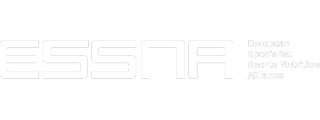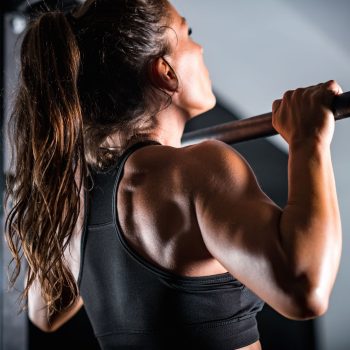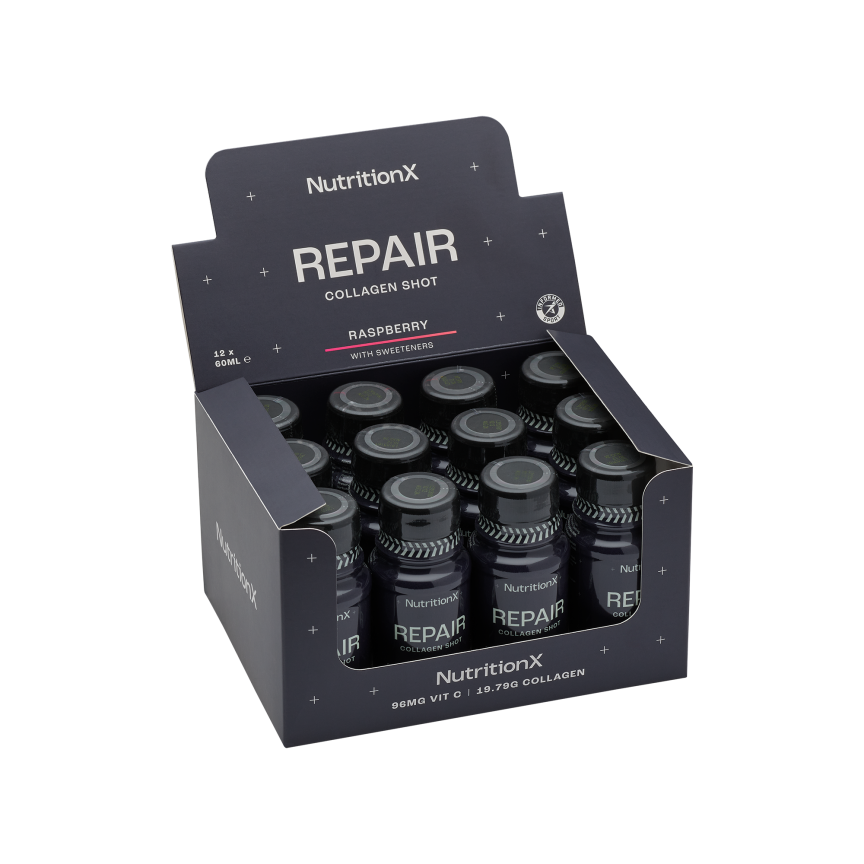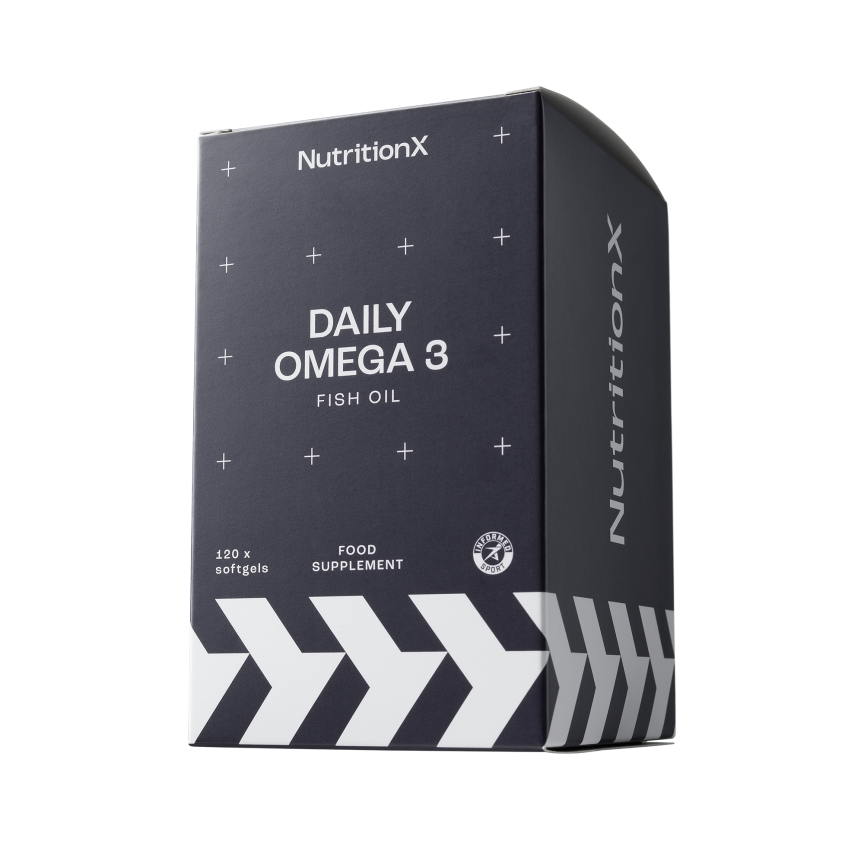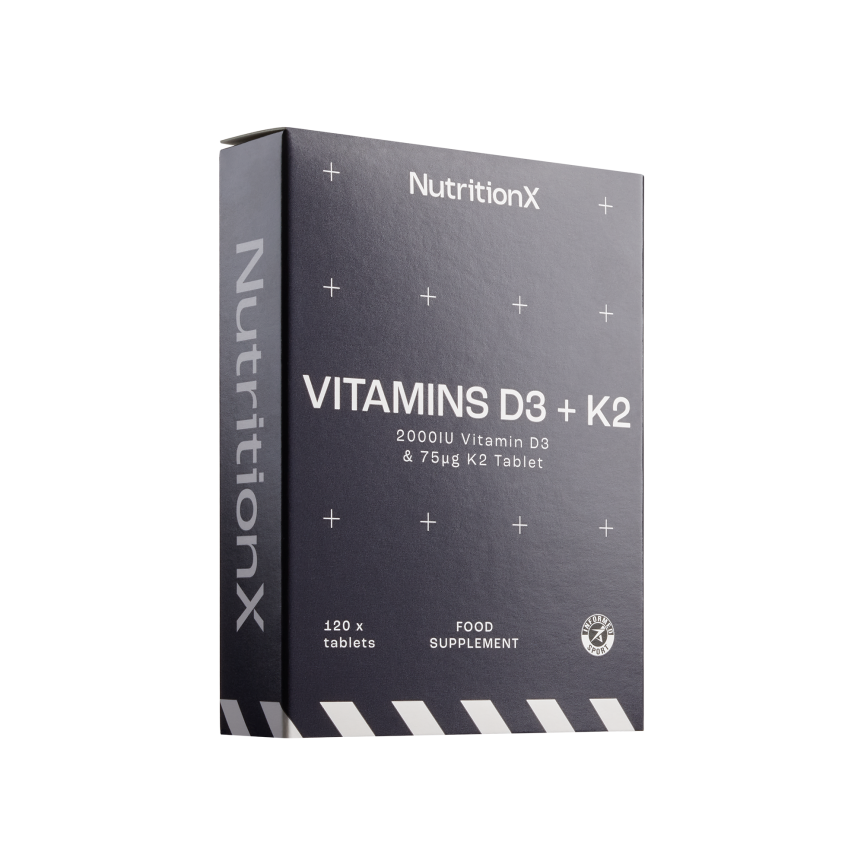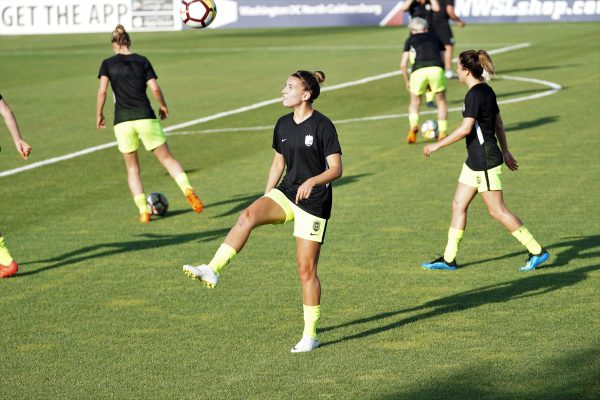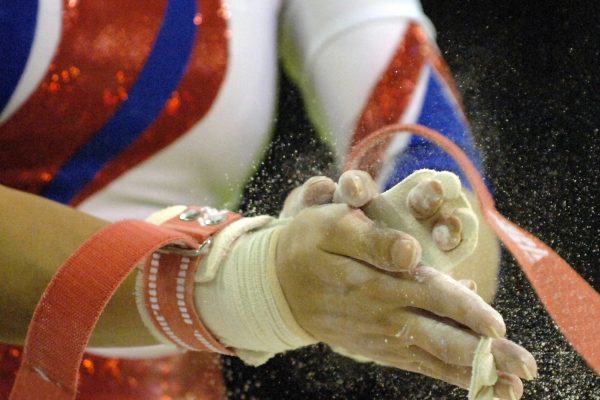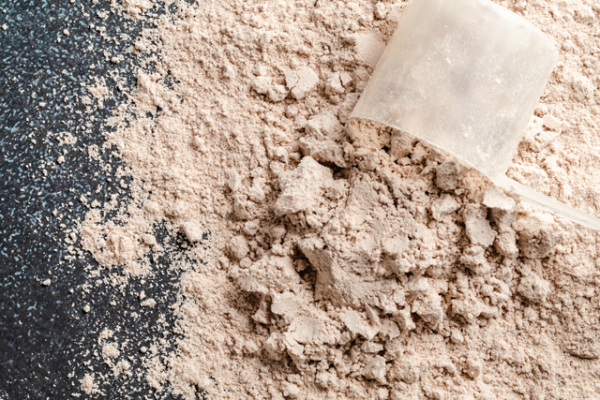Do hormones affect athletic performance?
Male and female athletes undoubtedly face many of the same challenges when it comes to the pursuit of peak performance. However – one thing that sets female athletes apart is the constant flow of hormonal changes that affect them throughout their lives – most notably due to the menstrual cycle. Estrogen and progesterone, which rise and fall during different phases of the menstrual cycle, can impact energy levels, recovery and even the risk of injury.

Which hormones can affect athletic performance?
The female hormones, estrogen and progesterone, can have different effects on performance throughout the menstrual cycle. Estrogen, for instance, is known to enhance mood and energy levels, which can positively affect motivation and endurance in athletes.
On the other hand, the release of progesterone can have a thermogenic effect, raising body temperature and possibly impacting exercise comfort and efficiency, especially in warm environments. Additionally, fluctuations in these hormone levels throughout the menstrual cycle can affect muscle strength and recovery.
What are the phases of the menstrual cycle?
The female menstrual cycle length can vary between 21 to 35 days. This means that the time to ovulation is variable, but when it has occurred, menstruation can be expected to follow in approximately 2 weeks. The menstrual cycle is split into the following phases:
Days 1-6: Early follicular (EF)
Days 7-13: Mid-follicular (MF) and late follicular (LF)
Days 14-15: Ovulation (when the egg is released)
Days: 16-18: Early luteal (EL)
Days 19-28: Mid- luteal (ML) and late luteal (LL)
How does the menstrual cycle affect female hormone levels?
During the early follicular phase, estrogen concentrations are low, rising during the mid-follicular phase and peaking at the late follicular phase to prepare the body for ovulation. After ovulation, estrogen then drops.
On the other hand, progesterone starts to rise during the early luteal phase, having its peak at the mid-luteal phase when both progesterone and estrogen have high concentrations; the time when an egg has the perfect conditions to implant in the womb, if it has been fertilised. If this hasn’t occurred, both hormone concentrations fall during the late luteal phase, leading to menstruation. The first day of menstruation is the first day of the cycle (early follicular).
Hormonal progesterone and estrogen fluctuation in a eumenorrheic 28 day menstrual cycle.
How do female hormones impact athletic performance during the menstrual cycle?
During the follicular phase, when estrogen levels are high, some female athletes may experience increased muscle strength and regeneration. This will aid recovery from training or competition.
Estrogen has an effect in the use of carbohydrates and fats as energy during exercise, where fat utilization has been reported to be higher in women. However, this doesn’t mean that carbohydrates aren’t important for exercise performance, as the main source of energy for long duration and high-intensity exercise. Estrogen also contributes to ligament elasticity and strength, potentially reducing the risk of injury during this phase of the menstrual cycle, compared to the luteal phase.
On the other hand, high levels of estrogen and progesterone can sometimes lead to water retention, affecting body weight and potentially hindering performance in sports where weight and agility are critical; not to mention the impact that the feeling of bloating can have on an athlete.
In the luteal phase, progesterone is the dominate hormone. The release of progesterone can also increase core body temperature. These changes in thermoregulation may contribute to how feelings of fatigue are perceived during exercise, particularly in hot environments. It also influences fluid and electrolyte balance, which can impact muscle function and overall hydration status. Additionally, higher levels of progesterone have catabolic effects on muscle tissue, which can be associated with increased muscle soreness and a greater feeling of fatigue post-exercise.
How can female athletes use nutrition to support performance impacted by hormones?

An awareness of where they’re at in their menstrual cycle can help female athletes to understand and harness the power of these hormonal shifts to their advantage, particularly with the support of nutrition.
For example, during the follicular phase, female athletes should consider eating iron-rich foods to support blood loss occurring as a result of menstruation; incorporating foods like lean red meat, beans, lentils and leafy greens into their diets. Iron absorption can be further supported by ensuring you have enough Vitamin C alongside these foods, found in foods such as orange juice and broccoli.
Proper hydration is also key to replace fluids lost during menstruation, whilst healthy fats – such as those found in oily fish, avocado, walnuts and olive oil - can help to reduce inflammation and improve mood. Lean protein can also help with muscle repair and recovery.
During the luteal phase, female athletes can help to have the energy available for performance by consuming high-carbohydrate snacks before and during exercise. In order to help prevent injury, supplementing with a collagen supplement like the Repair Shot can help to support joints and ligaments, whilst calcium and Vitamin D intake – like a Daily Vitamin D3 tablet – is also highly recommended. Omega-3 fatty acids, found in oily fish (salmon, mackerel), flaxseeds, olive oil and walnuts have also been associated to improve recovery.
Having a rapidly-absorbed protein source, like Clear Whey Protein, for muscle recovery and repair during this phase should also be considered.


